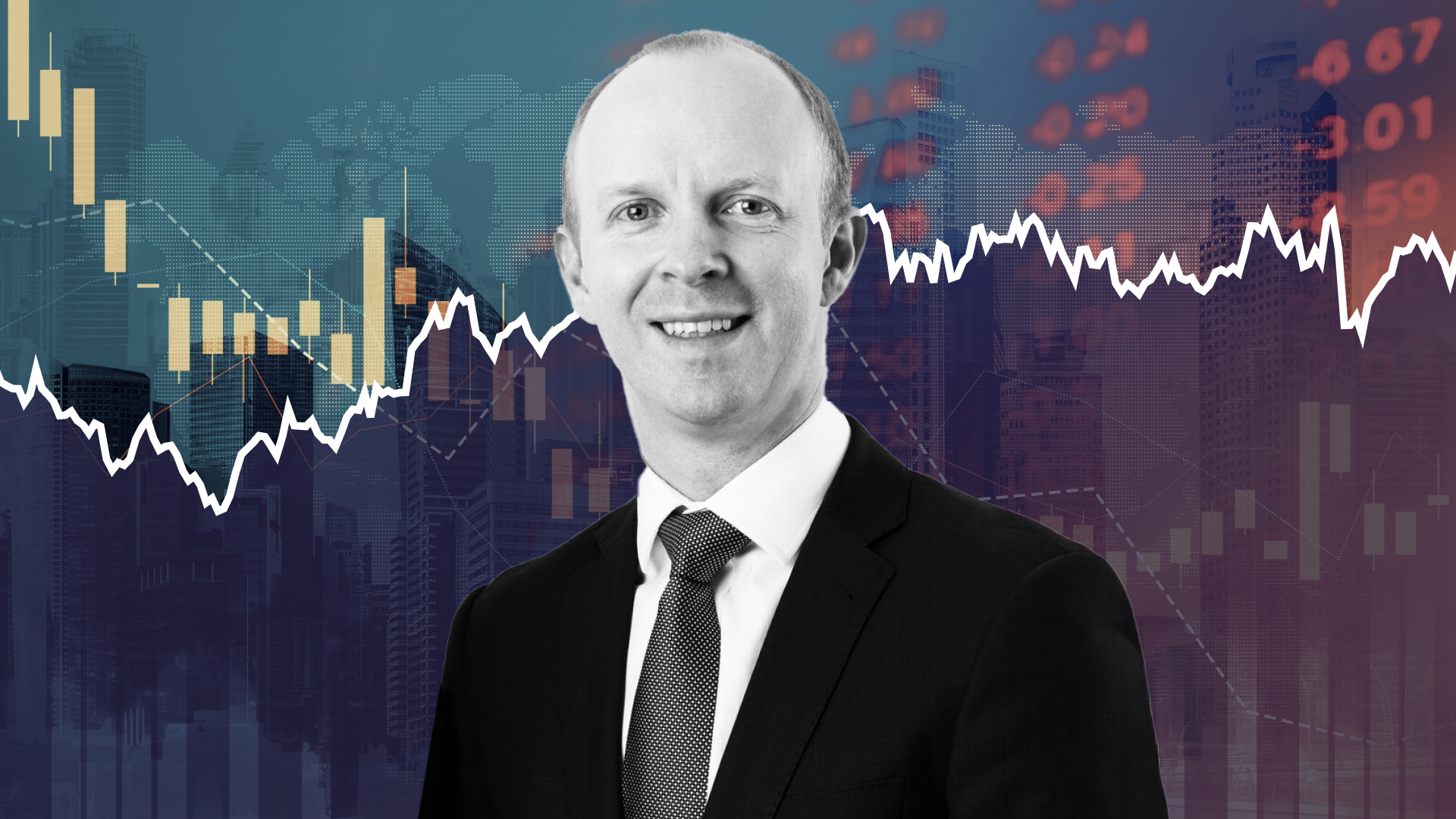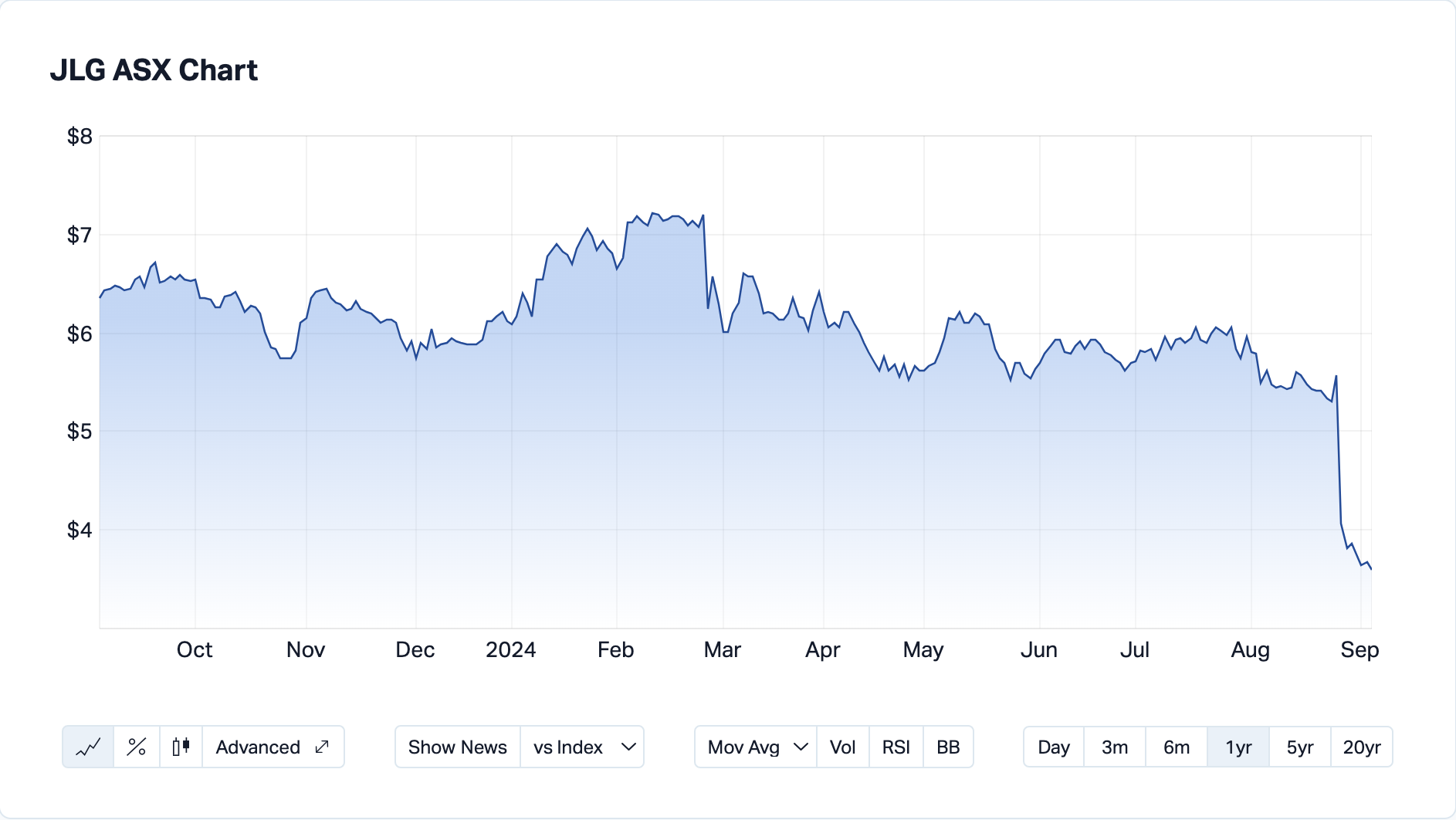2 sectors that could 'go bananas' and the CEO comment that was both memorable and scary
Investors in small companies have endured a long winter. However, signs of green shoots have certainly emerged. We’d had a decent IPO with Guzman y Gomez (ASX: GYG), interest rates have almost certainly peaked, and throughout July, growing investor appetite for small caps was evident.
However, just like a fresh southerly blowing up the coast in September, the latest reporting season has taken some of the shine off small caps, dishing a brutal reminder to investors that there may be a few more cold days ahead before the sun shines again on this part of the market.
For context, the S&P/ASX Small Ordinaries Index (XSO) finished August 2% lower - not such a bad result when you consider the index shed close to 7% in a few days to start the month.
To get a sense of how the smaller companies on the ASX fared during August, I reached out to Chris Prunty, Portfolio Manager at QVG Capital. Prunty touches on some of the highs and lows of reporting season, two sectors he thinks would ‘go bananas’ when rates move lower, and the CEO comment he described as being both memorable and scary.

In your latest investor letter you wrote that conditions in the small end of the market remain difficult but are improving - what supports this view?
Do you mean other than blind faith? The past three years have been as difficult as I can remember for smaller companies. A combination of rate-driven valuation headwinds and more technical market structure changes have caused smaller listed companies to struggle in aggregate.
While the technical factors such as a move to passive investing aren’t going away, rates appear to have peaked and this is typically a good thing for risk appetites and smaller companies.
Anticipation is growing for a rate-cutting cycle to begin - how important is this for smaller companies?
The textbook would say rate cuts will help directly via lower cost of funds, via improved demand for cyclicals such as consumer, media, and housing stocks, and via lower cap rates for valuation-sensitive sectors such as REITs. But I think the bigger impact will be on sentiment and flows.
Talk to most allocators and they’re heavily invested in Private Credit. Perhaps rate cuts will see the allocator's incremental dollar go from Private Credit to something that, historically, has been higher returning like smaller companies. We live in hope!
How would you describe the mood when you speak to other investors in the market?
Not many of my peers will speak to me these days but those who do are like supporters of my beloved Essendon Bombers. They’re hanging on to memories of past glories and are hopeful that greatness lies just around the corner. As my father, also a Bombers fan, says: It’s the hope that kills you.
Are there any sectors within small caps that you think would be outsized beneficiaries of lower interest rates?
REITs and small financials would go bananas. Usually, you’d say ‘consumer’ but some of the larger retailers are priced as if the rate cuts have already happened. So, it’s hard to get excited there.
Have you made any material changes to the portfolio as a result of the information you picked up during reporting season?
Yes. We are always trying to improve our understanding of the competitive advantages and long-term earnings of portfolio companies. As our conviction changes around these, we tend to change the weights.
Looking over your Top 5 holdings, some big wins have been offset by some laggards. JLG stands out as having missed expectations. What went wrong?
Reporting season was not what it could have been. The story of our reporting season was that a lot of smaller wins were offset by Johns Lyng (ASX:JLG), which was our second-largest holding and fell by a third. This hurt. Johns Lyng guided to earnings well below expectations and a few other quantitative and qualitative elements of the results disappointed.
The stock is in the sin bin for some time we suspect.

Do you still hold conviction in JLG?
Less than prior to the result! There are still elements to the Johns Lyng business and culture that we really like but there’s no way around it; the result and the outlook were stinkers. Having said this, the market quickly and aggressively incorporated this revised outlook into the share price. Also, Directors bought stock so they’re either true believers or very foolish; we shall see. We still hold JLG; albeit at a lower weight than before the result.
Momentum is clearly with 360 and HUB24 - both are trading at 52-week highs. Do you still see value in these two names?
Prospective returns for both have reduced but given the pace of earnings growth – especially in 360 – the valuations aren’t as aggressive as you might think.
What was the most memorable/striking comment from a CEO / CFO from the calls and meetings you attended?
Chris Ellison from Mineral Resources describing this being the “shittiest time” to be the CEO of a mining company and saying “We’re throwing everything off the deck just to make sure we conserve cash” was memorable and scary.
Was there a company that delivered a result that significantly exceeded your own expectations?
I was fearful Hansen Technologies (ASX: HSN) would have a poor result. Part of their revenue comes from high-margin licence fees which can move from one period to another. As it turned out the result wasn’t that bad and they upgraded their cash margin guidance.
I also thought the Maas (ASX: MGH) result, while not a massive beat, was compositionally strong as more of the growth is coming from their higher-quality construction materials division.
Hear more from Chris Prunty and the QVG Capital team
QVG Capital is hosting an investor webinar at 11am on the 19th of September where Chris Prunty, Tony Waters and Josh Clark will discuss the key takeaways from reporting season, portfolio changes and current positioning.
Interested investors can register for the webinar by clicking here.
3 topics
1 stock mentioned
1 contributor mentioned


